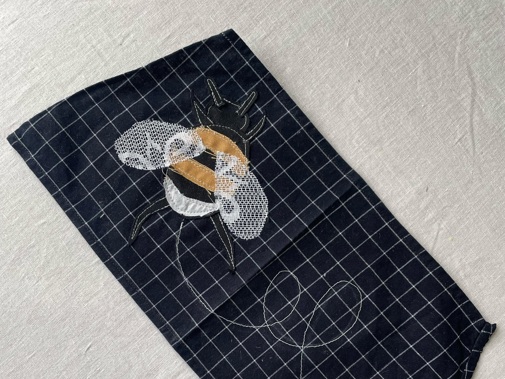Stories about the Japanese occupation in textiles
Extended until September 21, 2025
To mark 80 years of freedom, we present a new exhibition about World War II in the former Dutch East Indies.
For the first time, embroidered works and clothing from women's camps take center stage, showcasing the creativity and resilience of women during times of great uncertainty and scarcity.













